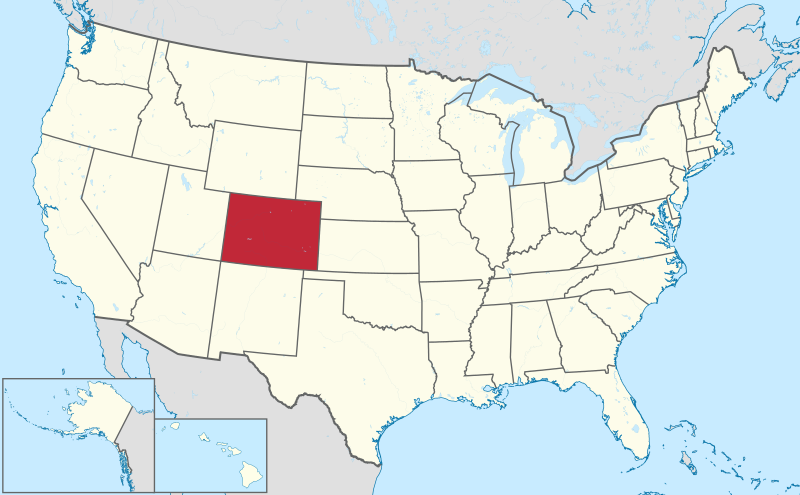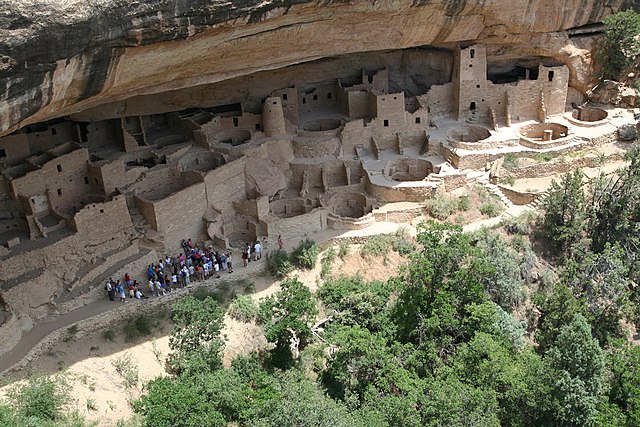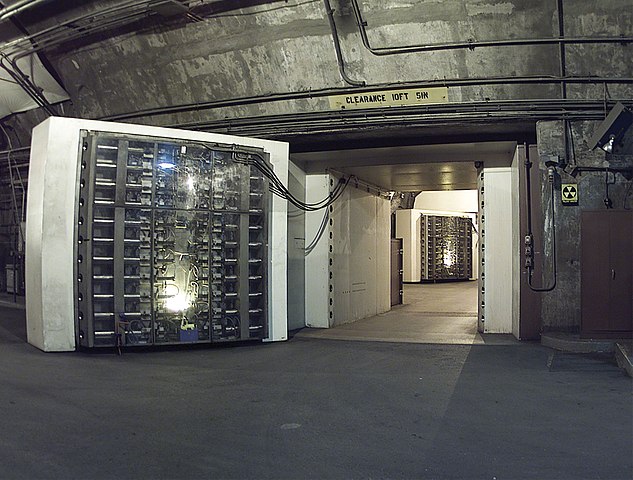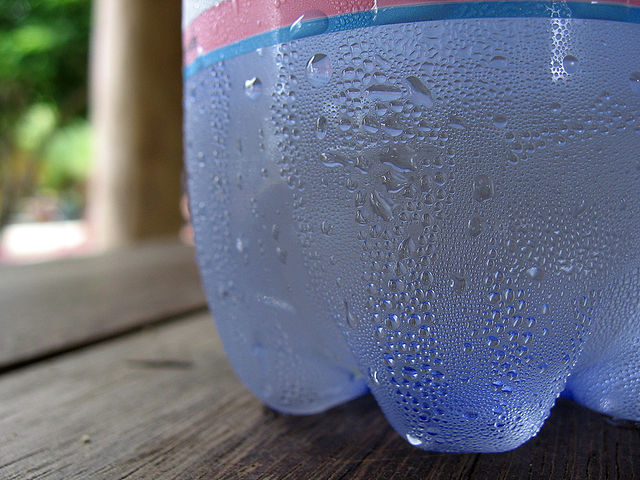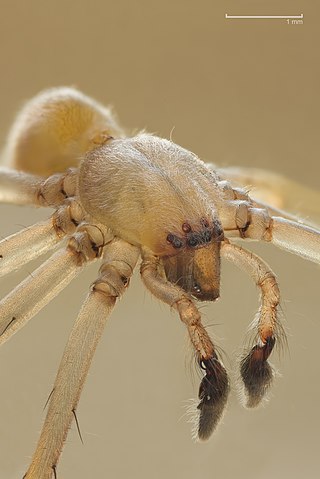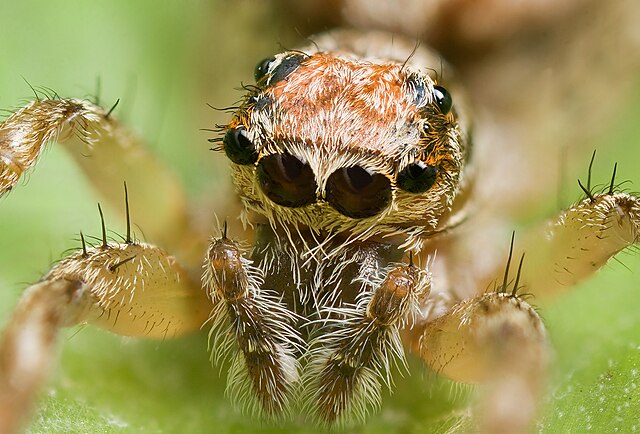We just learned about the famous painting the
The Last Supper by Leonardo Da Vinci.
Another very famous painting was the ceiling of the Sistine Chapel, painted by Michelangelo.
Over 500 years ago, Michelangelo took on the job to add paintings to the ceiling of a chapel in Italy.
It took him four years to finish it, and it has almost 50 different paintings on it, with over 300 different people in all the paintings.
Michelangelo made something called scaffolding, which were like build up giant platforms for him to stand on while he painted the ceiling way at the top of the building.
He painted on what is called fresco, which means they put on wet paste to build the wall and he painted on it. The wet paste soaked the colors into the wall so it would look really good.
His painting shows many stories from the Bible, and he split the ceiling up into different parts for each area.
In the main top part of the ceiling he made three paintings about Noah, 3 paintings about Adam and Eve, and 3 paintings about God creating the world.
Around each of those paintings, he painted what people think might have been angels, and small shields with other paintings in them.
On the outside of those other 9 paintings, he made paintings of 12 prophets like Isaiah, Daniel and Jeremiah.
Below that he made 14 more paintings showing other people from the Bible like Jacob and Joseph.
In the 4 corners of the ceiling he painted more famous people from the Bible: Moses, Esther, David and Judith.
And in smaller paintings in the triangles between he made 8 paintings of the ancestors of Jesus, like Joseph.
Each one of those paintings that he did would have been a masterpiece in a museum somewhere, and he painted 47 different ones on the ceiling of a building!
Michelangelo was considered a master of painting and sculpting the human form.
That means he was really good at drawing and sculpting muscles, bones and skin so that it looked very real.

(from: wikipedia -
sistine chapel ceiling)
Kid Facts - Blast from the past: Moon - Highlands

